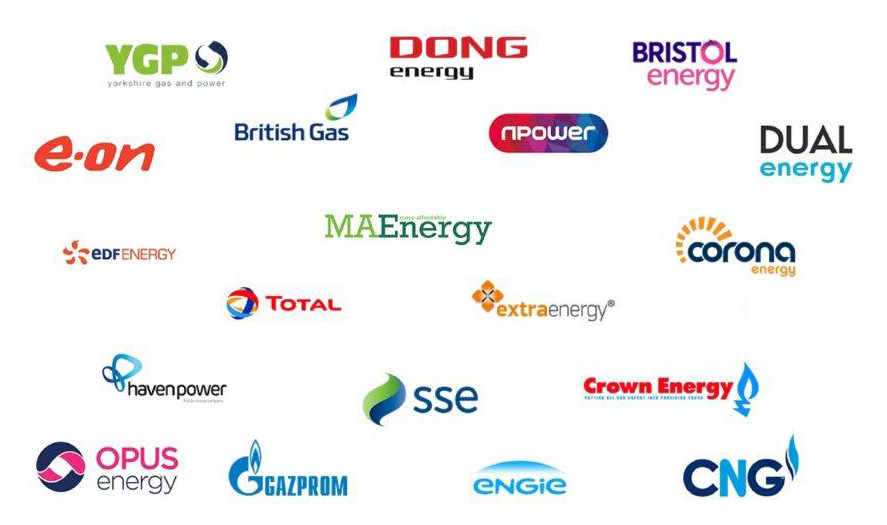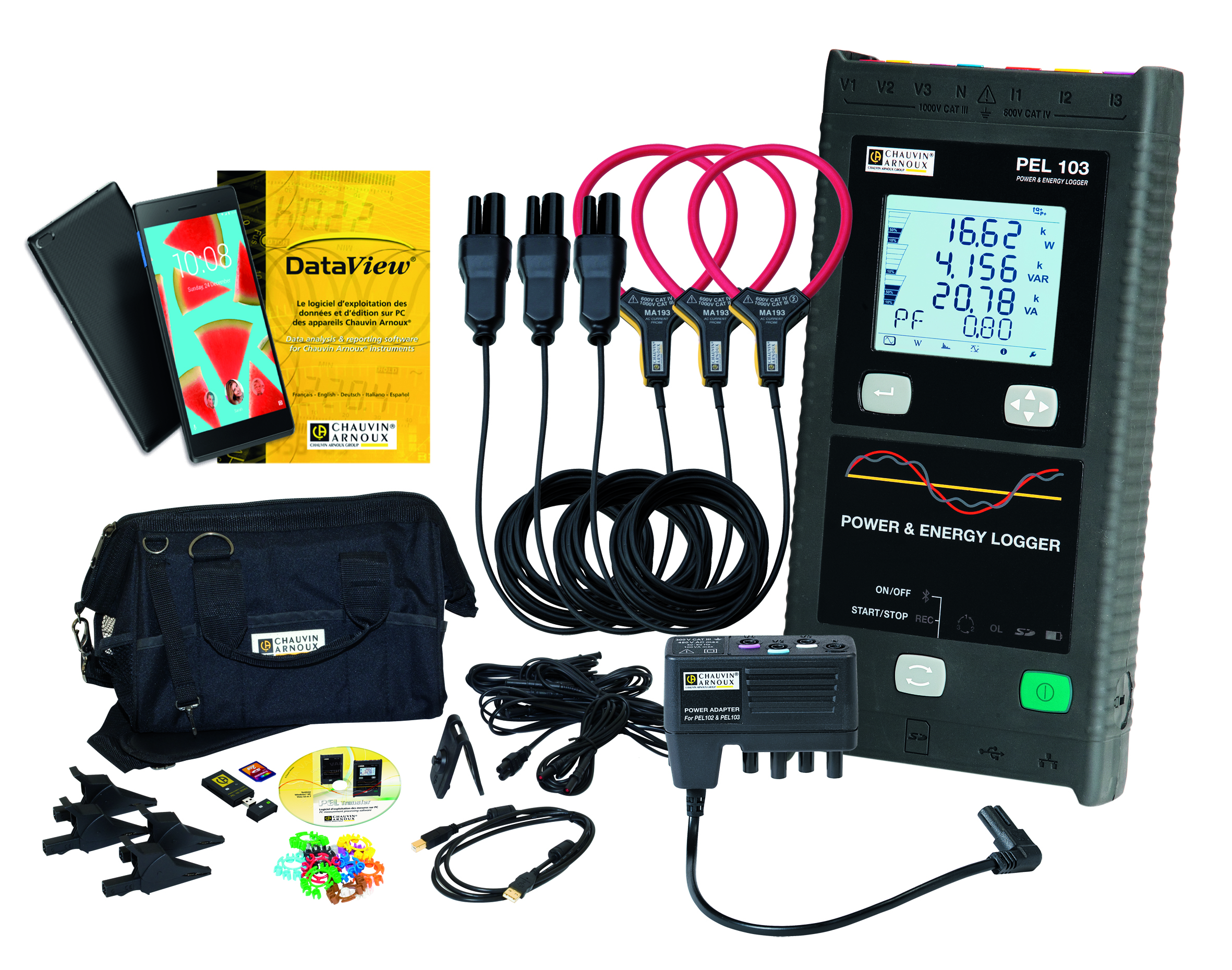Hardly surprising since a Competition and Markets Authority study in 2015 revealed 40% of businesses hadn’t switched supplier in the past five years, and 39% had never switched. There is also a lot of money to be saved, with advertisements quoting potential electricity cost reductions of up to 45%.
With state of the art energy comparison engines, and other methods for getting the cheapest tariffs, along with price negotiation brokers, decisions to switch can be easily made.



